
NATURE OF GUATEMALA 2019
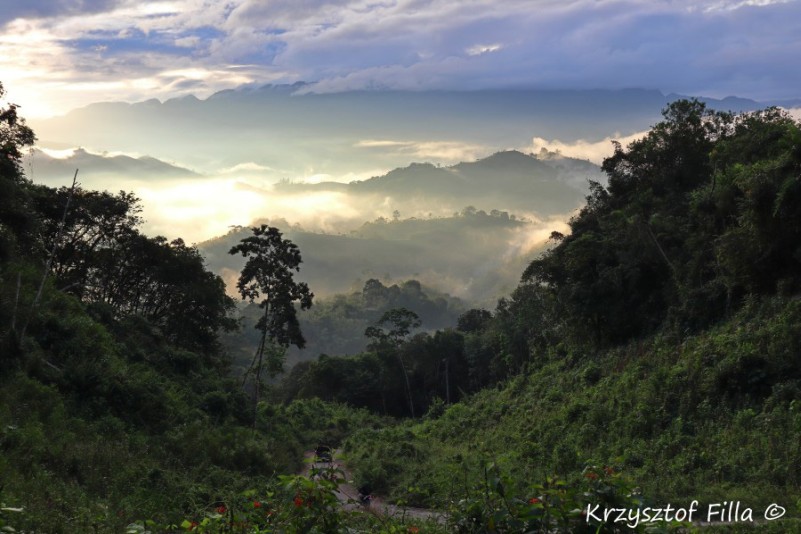
^ ^^^
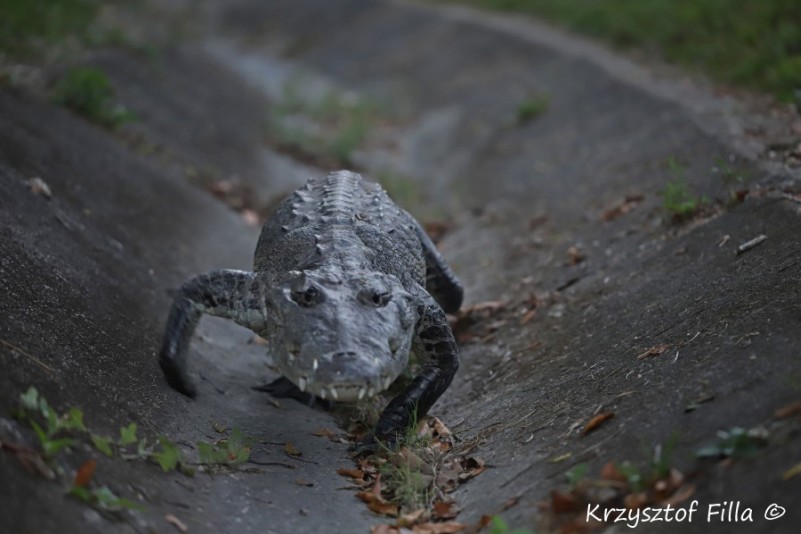
^ ^^^
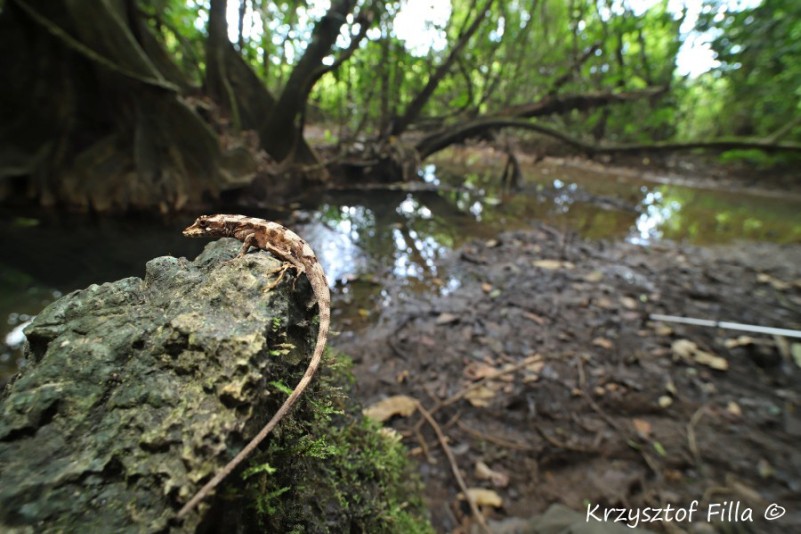
^ ^^^

(Helosis cayennensis) It is a fungus-like parasitic plant that grows in the soil but its roots connect to the roots of a tree. It does not produce its own food it steals it from the host. Apart of its odd appearance it is very little is known about the plant in terms of pollination or seedling distribution.
^ ^^^
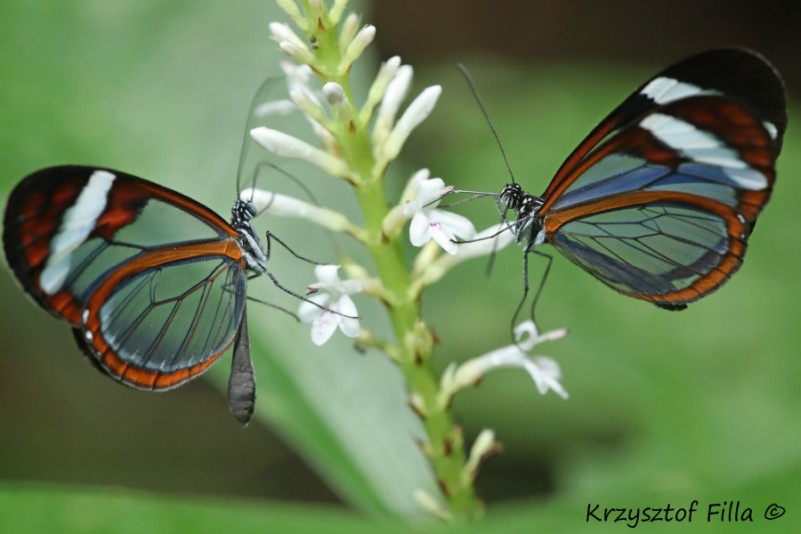
Greta oto is a glass wing butterfly. It occures mainly in Central America and some spots in the South America. Their translucent wings are part of their camouflage and merge them with the environment.
^ ^^^

The banded peacock (Anartia fatima). Another representative of lepidoptera that occurs only in Central America.
^ ^^^

^ ^^^

At first sight I thought, it is a very odd shape of some mushroom. After all, it is the torrid zone and everything is possible. But on the second thought the body was attached to a fallen trunk and it is possible there was a twig and it grew on the twig. It was soft and wobbly and on the top surface it had the sort of hair, soft bristle. Most likely it is a saprophytic fungus (Hexagonia hydnoides).
^ ^^^
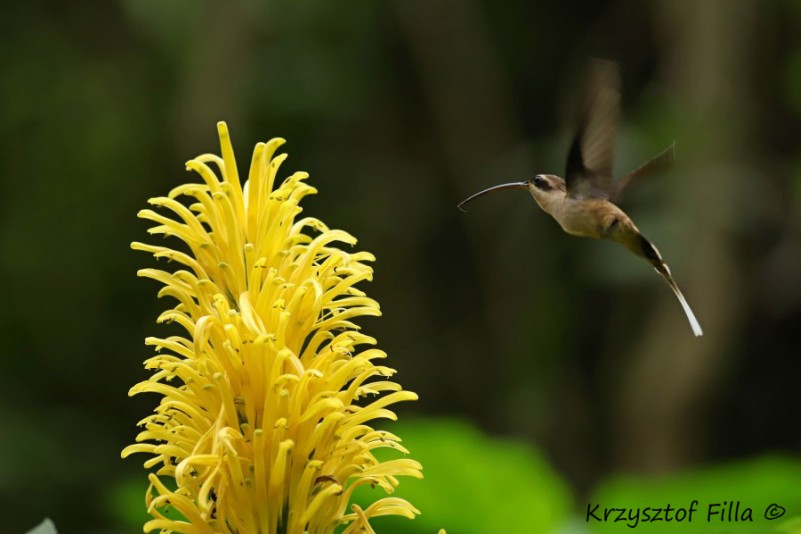
A hummingbird picking up insects from the flower.
^ ^^^
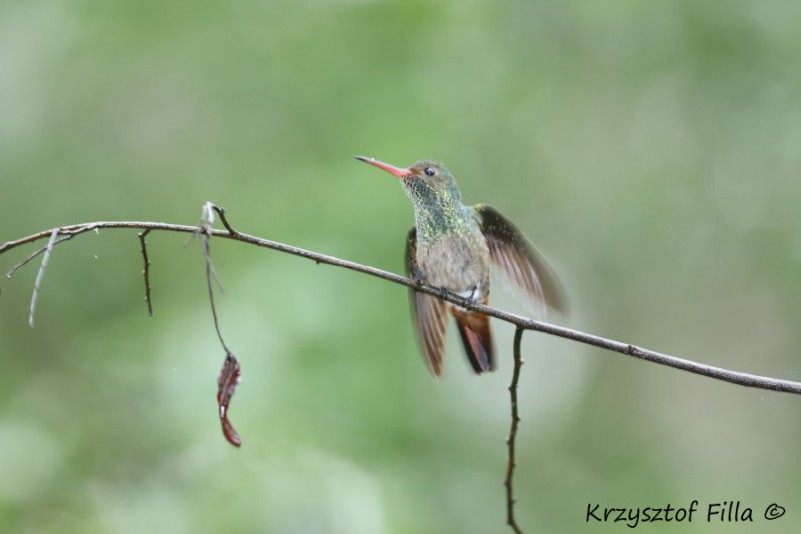
A hummingbird.
^ ^^^
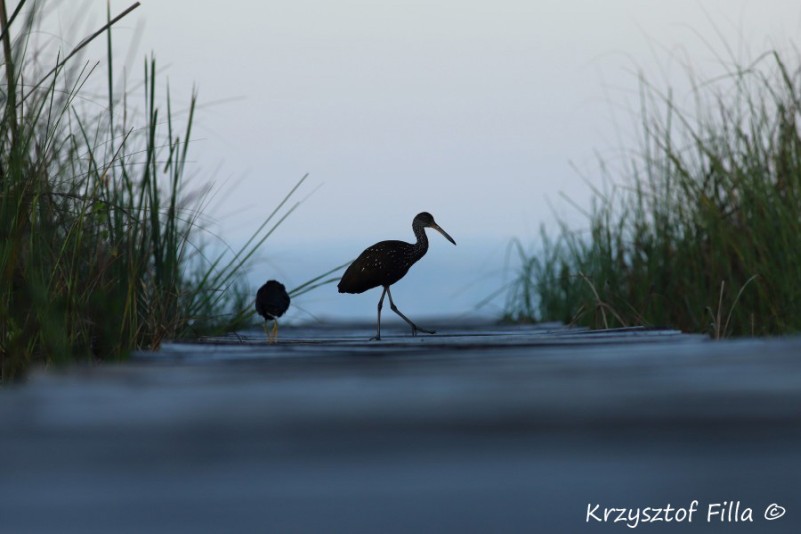
^ ^^^

The purple gallinule (Porphyrio martinicus).
^ ^^^

The northern jacana or northern jaçana (Jacana spinosa).
^ ^^^
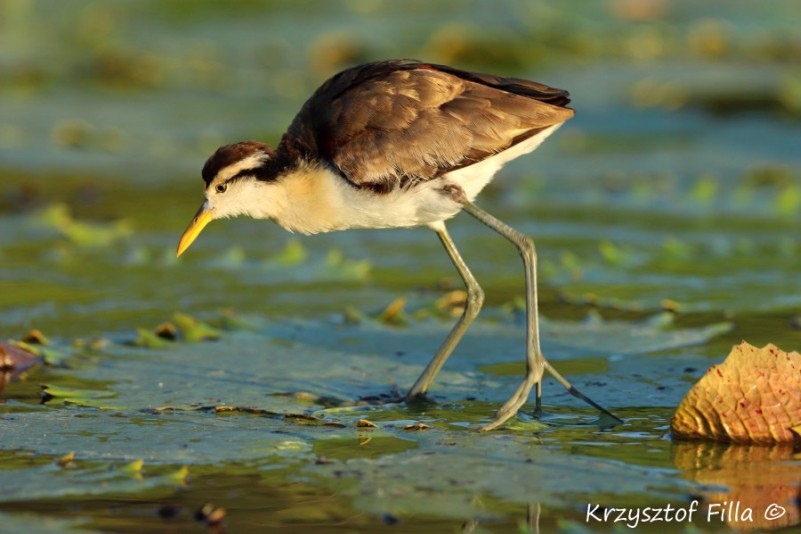
^ ^^^
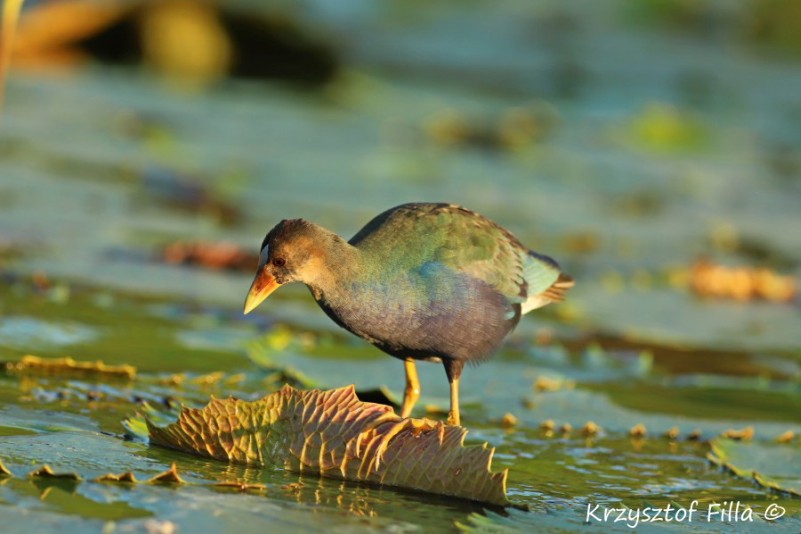
^ ^^^
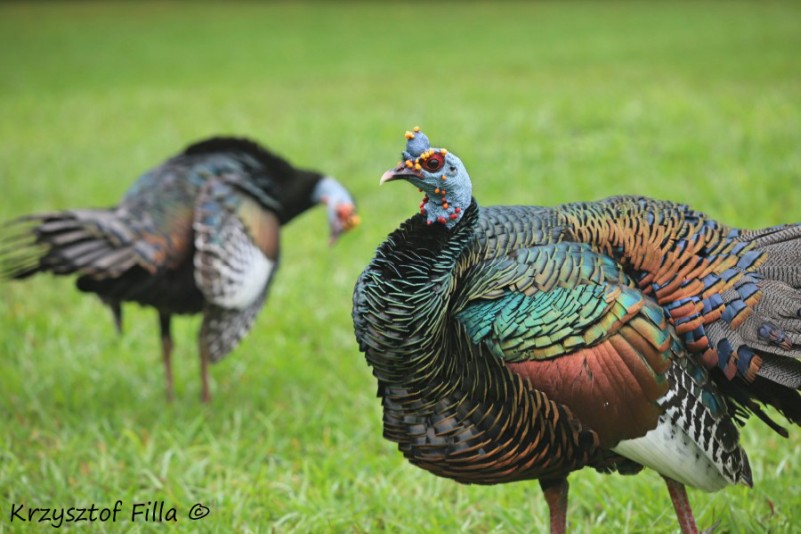
The ocellated turkey (Meleagris ocellata) is a species of turkey residing primarily in the Yucatán Peninsula, Mexico, as well as in parts of Belize and Guatemala. Its status is near extinction mainly due to poaching and degradation and loss of habitat.
^ ^^^
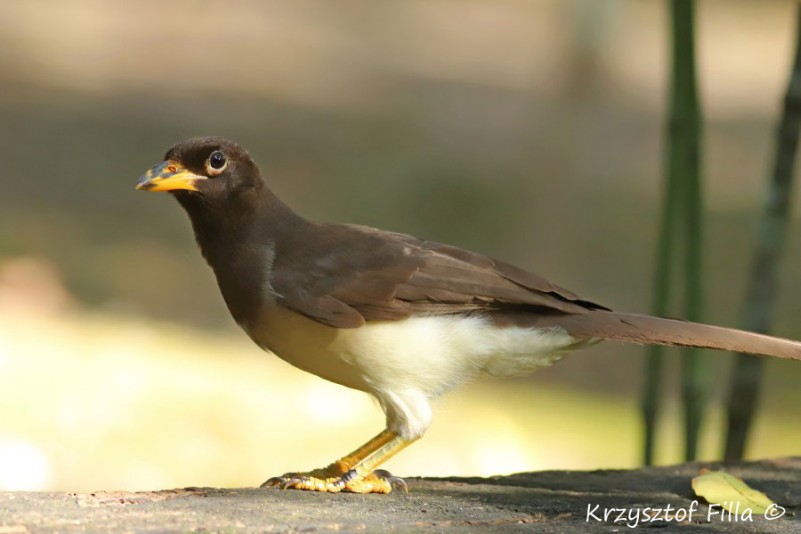
The brown jay (Psilorhinus morio). The range of the bird covers all countries in Central America except El Salvador. They live in flocks and when a female rears her young, the male and the rest of the flock provide her with sustenance.
^ ^^^



















